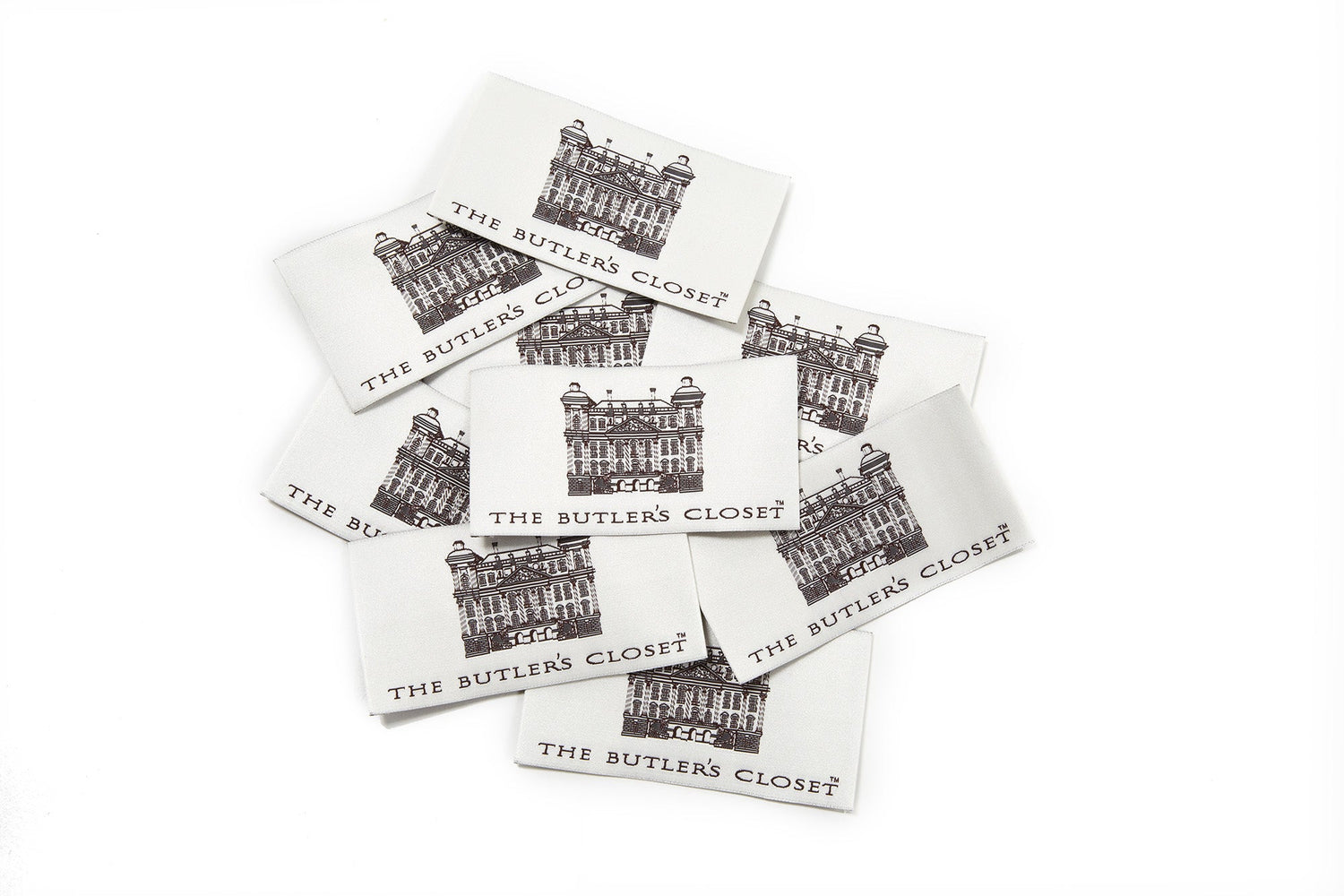How to Care for and Store Equestrian Clothing
How to Care for and Store Equestrian Clothing
Lady Mary Crawley Dressed to Ride to Hounds
Photo taken during a PBS Downton Abbey program.
English riding clothing is both fashionable and highly practical. Two fascinating books: True Style: The History and Priciples of Classic Menswear by G. Bruce Boyer and The Whole Horse Catalog, trace current men's suiting as having evolved from clothing worn in the English Hunt.
Today, whether one is riding for pleasure, participating in a formal hunt club, practicing dressage or engaged in the sport competitively, having the proper attire is mandatory.
While some contemporary riding clothes are made of new, high performance fabrics, traditional hunt attire and hacking clothes are usually made of heavy wool (melton) to keep the rider warm and to withstand the outdoor elements. Riding jackets come in a variety of wool weights, designs and colors.
Serious riders have a collection of outfits and members of hunt clubs clubs have numerous sets of riding clothes for different occasions ranging from weekend hunts to formal wear for hunt balls during the season.
Storing, protecting and preserving equestrian apparel is important as these outfits are well made and costly and meant to last for years.
A good clothes brush is very helpful in the care of riding clothes--particularly wool jackets. When you ride in a ring or in the woods and fields, dust, leaves, burrs and twigs may end up on your clothes. Riding takes energy and you most likely will be perspiring by the time you have returned to the barn.
After riding, you should use a clothes brush to clean your jacket throughly--carefully removing all the dust and debris. Then the jacket should be left to air for a few hours before it is put back into the closet. A clothes brush can be used effectively on a velvet riding helmet or dusty breeches as well. Here are instructions for the best way to use a clothes brush.
Member of the Old Chatham Hunt dressed in proper equestrian attire.
Dirty riding jackets or clothes in which you have perspired should not be hung in the closet with clean clothes. The dirt and perspiration could attract insects.
While it is not practical to send riding clothes that can't be washed to the dry cleaner each week, once the season is over, they should be sent to be cleaned and then stored in a closet until the spring.
Once riding clothes come back from the dry cleaner you should remove the plastic dry cleaning bags. Plastic dry cleaning bags are very harmful as they are made from petroleum products and give off fumes. The bags can trap moisture and turn clothes yellow. If you have white garments that have turned yellow, this is often the result of being left in dry cleaning bags for a long time.
After removing riding clothes from dry cleaning bags, they should be stored in breathable, 100% chemcial free cotton garment bags that will protect them from light, dust and moths. Clothes should not be put in a damp area for storage, nor should they be stored near any source of continuous heat.
The Butler's Closet manufactures archival, museum quality wardrobe care covers -- the best garment bags available -- that work effectively to protect all your special equestrian outfits. You can find a selection of these items at The Butler's Closet.


